
Preparing Your Pool For A Storm
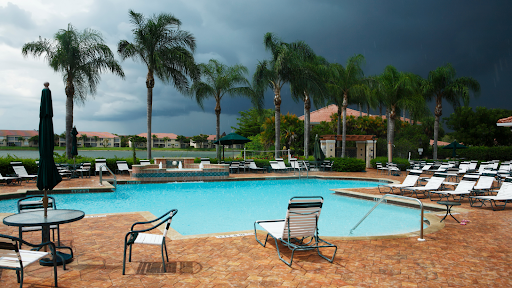
With hurricane season in full swing, we can't rule out the chance of severe storms unleashing their wrath. Preparing your pool for a storm is essential in protecting your investment and reducing your stress once any storms have passed.
Pool owners have discovered (the hard way) that damage to their pool pumps and filter systems is among the most common casualties during a severe storm. If removable pool fences are left up during a storm, those can see damage as well.
Here are some essential tips that will help you keep your pool protected and secure before (and after) a storm.
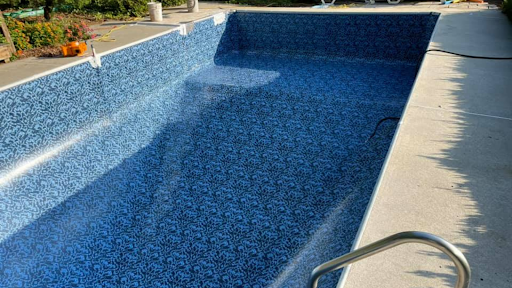
Before the Storm
- Do not drain your pool – Contrary to what we might think, maintaining a normal water level in your pool before a storm is acceptable because most in-ground pools will likely have a built-in overflow that allows water to drain off safely. If you feel you need to lower the water level, it's advised to drain no more than 1 foot. It's important to note: You should NEVER drain your pool before a storm. Not only does the water act like a defense for your pool's finish against storm debris, but draining too much water can increase the hydrostatic pressure in the pool, causing it to "pop" out of the ground.
- Turn off all circuit breakers that power pool equipment (such as the motor, pool pump, chlorinators, and lights).
- Remove the pool pump from the system if you fear there's a chance it may become submerged in water during the storm. Bring it inside to higher ground to keep it safe and dry. Another option is to wrap the pump's motor tightly with strong plastic and secure it with strapping tape or rope.
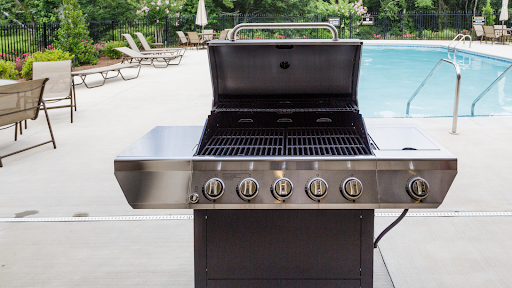
- Remove outdoor furnishings, plants, and grills –In a severe storm, strong winds can pick up loose items and turn them into projectiles, causing severe damage (and even possible injury). Bring all patio furniture, potted plants, gardening equipment, outdoor pool toys, pool cleaning equipment, and any other loose items indoors until the storm has passed. If you have heavier items that can't be easily removed, you can anchor them to something solid using rope, bungee cords, chains, or any other securing device. Bring gas or charcoal grills indoors, if possible, but NEVER use them inside your home or in your garage. Be sure to secure propane tanks outside in an upright position and away from your home. Never store them in your home or garage.
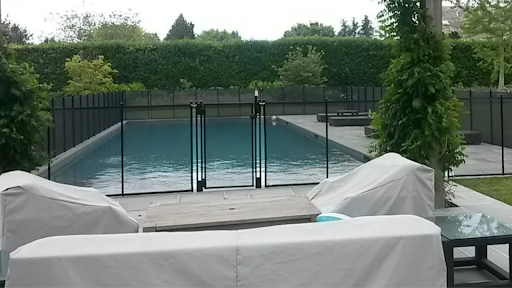
- Remove BABY-LOC fence – Take down your mesh pool safety fence and store inside.
- Remove all loose pool items such as filter housetops, the deck lid of the filter, and cleaning supplies.
- If your mesh cover is on, leave it on – If your mesh LOOP-LOC safety cover is properly installed on your pool, we recommend leaving it on. It should be flat, taut, and secure. If you have a solid cover, we recommend that be taken off. Some solid covers have a submersible pump to remove the water that accumulates on top. With the strong possibility that your electricity might go out, there will be no way to pump the water off your cover. If you have any questions while you are preparing your pool for a storm, please contact your LOOP-LOC dealer.
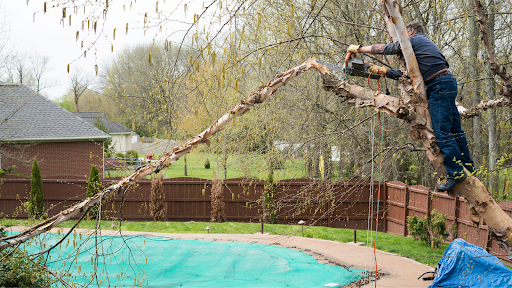
- Prune trees and shrubs – If you notice any limbs that look like they may break away with a strong wind or any branches that are close to your pool or home, it would be a good idea to prune them. Check with your local sanitation service to find out when they pick up lawn clippings. If you already missed the pickup, bag up your clippings and store them in the garage until after the storm.
- Balance your water chemistry – It's inevitable that your pool will become contaminated during a major storm if it is not covered. Still, you can preemptively add extra chlorine or "shock" to your pool and an algaecide that will help.
- Create airflow – If your pool is enclosed in a lanai or screened-in area, try to create a vent for the wind to pass through to avoid damage to the screen and structure.
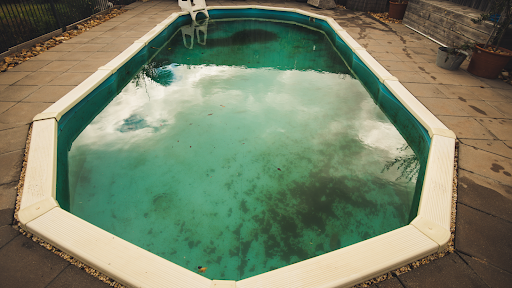
After the Storm
Once the storm has passed, we realize that you may have more pressing issues to face, such as assessing any damage to your home and checking in on loved ones. Here are a few things to do when you're ready to take check on your pool:
- Check the equipment – Make sure all the equipment is dry, undamaged, and working properly. If you removed the pump, make sure it's replaced correctly and that the motor and chlorinators are dry. If you notice that the electronics did get wet, it is strongly advised to call a pool professional to determine if any repairs or replacements are necessary.
- Turn the circuit breakers back on.
- Remove all debris from the pool – If you did not have a safety cover on your pool, use a skimmer to remove debris that was blown into your pool. Be sure to remove as much as you can because leftover debris will not only permanently stain your pool but can also clog the pump. Use a brush and vacuum to help remove algae, dirt, debris, and other films away from your pool walls and pool floors.
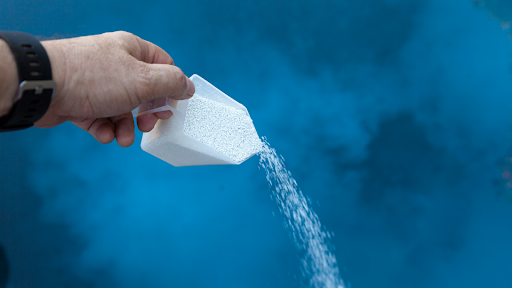
- Shock your pool back into play – Once you've determined that your pool equipment is in safe working order and that all debris has been removed, it's time to get the water back up to speed if needed. Balance the pH by super-chlorinating or shocking your pool with chlorine. Some pool owners find it necessary to use additional products to stop any algae from continuing to grow. It will most likely be required to run the filter longer than usual until the water is clear and free of contaminants. It's advisable to stay out of the pool for at least 24 to 48 hours (after the initial shock to the pool has been made) because the harsh chemicals can be harmful.
- Put BABY-LOC fence back up – If your pool does not have a winter safety cover, remember to put up your mesh BABY-LOC fence. This is a fast and easy way to make your pool safe every season.
Please stay safe during a storm and follow safety guidelines by your local authorities.
If you have any questions when you are preparing your pool for a storm or need advice after the storm, please contact your local LOOP-LOC dealer.







 Made in the U.S.A.
Made in the U.S.A.